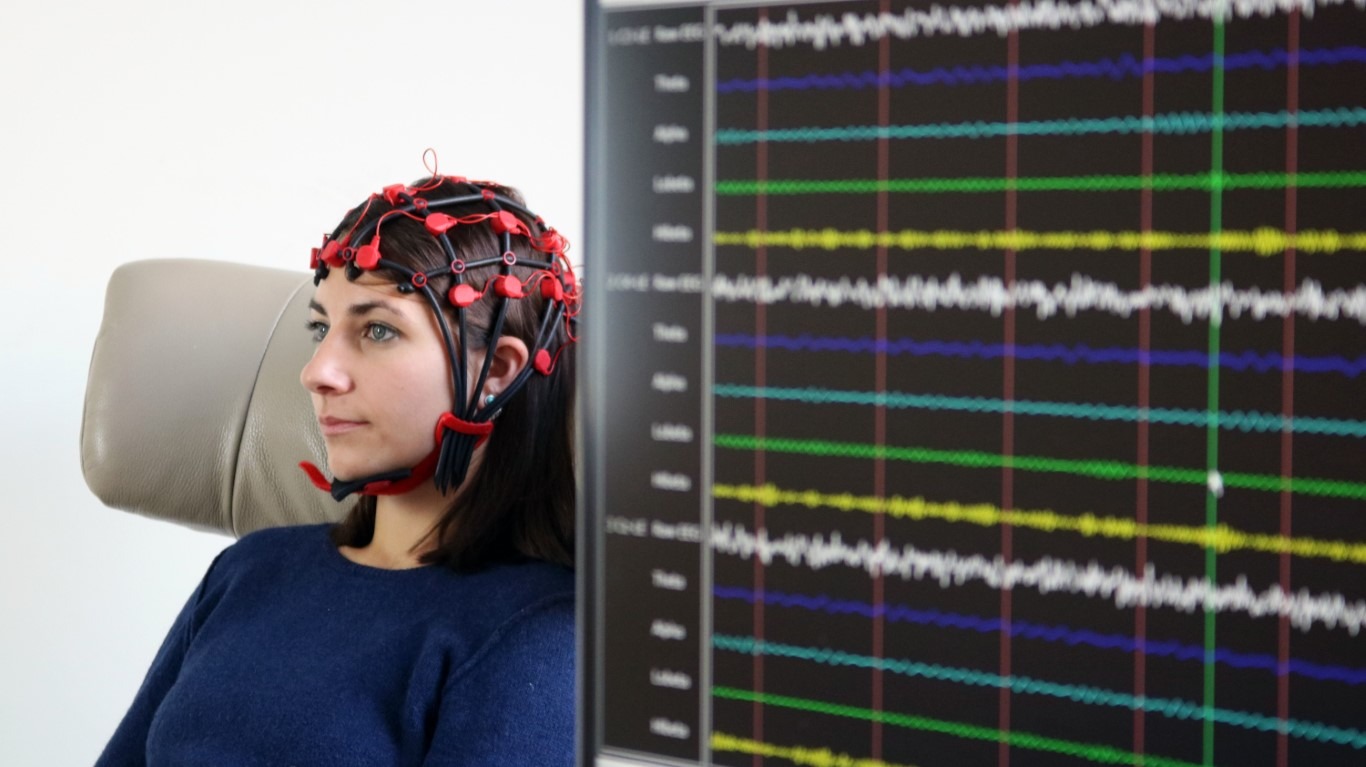Harnessing the Power of Bio-Feedback to Transform Persistent Pain Management and Improve Quality of Life
Harnessing the Power of Bio-Feedback to Transform Persistent Pain Management and Improve Quality of Life
Blog Article
Chronic pain is a syndrome that affects countless of individuals around the globe. It can be triggered by multiple factors, including injuries, diseases, or even stress. For many individuals, controlling chronic pain can be a constant challenge that impacts their standard of life. Conventional treatments often consist of medications, physiotherapeutic therapy, and sometimes surgery. However, these approaches do not always provide the relief that individuals desire. Lately, biofeedback has surfaced as a potential alternative for controlling chronic pain and improving overall well-being.
Biofeedback is a technique that teaches patients how to control specific bodily functions by utilizing signals from their own physiology. This approach involves employing sensors that monitor physiological responses such as heart rate, muscle tension, and skin temperature. By providing immediate feedback, patients can learn to identify their body's responses to pain and stress. This consciousness allows them to develop strategies to handle their pain more efficiently. For example, if a person observes that their muscle tension rises when they are in pain, they can practice relaxation strategies to help alleviate that tension.
One of the primary advantages of biofeedback is that it empowers individuals to take an active role in their pain management. Instead of depending solely on drugs or treatments from medical providers, patients can gain to comprehend and regulate their own bodies. This feeling of control can lead to increased confidence and a more positive outlook on life. Many individuals report feeling more in charge of their pain and less like victims of their condition. This change in perspective can substantially improve their standard of life.
Studies has demonstrated that biofeedback can be beneficial in alleviating chronic pain indicators. Research suggest that patients who use biofeedback techniques often experience less pain and improved physical function. Additionally, biofeedback can help reduce anxiety and stress, which are common issues for those living with chronic pain. By addressing both the physical and emotional aspects of pain, biofeedback offers a holistic approach to pain management. This Visit This Link comprehensive method can lead to better outcomes for patients, allowing them to engage more completely in their daily activities.
In conclusion, biofeedback is a significant tool for revolutionizing chronic pain control. By educating individuals to understand and control their physiological responses, biofeedback empowers patients to take charge of their pain. This approach not only helps reduce pain but also enhances overall quality of life. As more people seek options to traditional pain management methods, biofeedback emerges as a promising option. With continued research and awareness, biofeedback could turn into an integral part of chronic pain therapy, helping individuals lead healthier, more fulfilling lives.